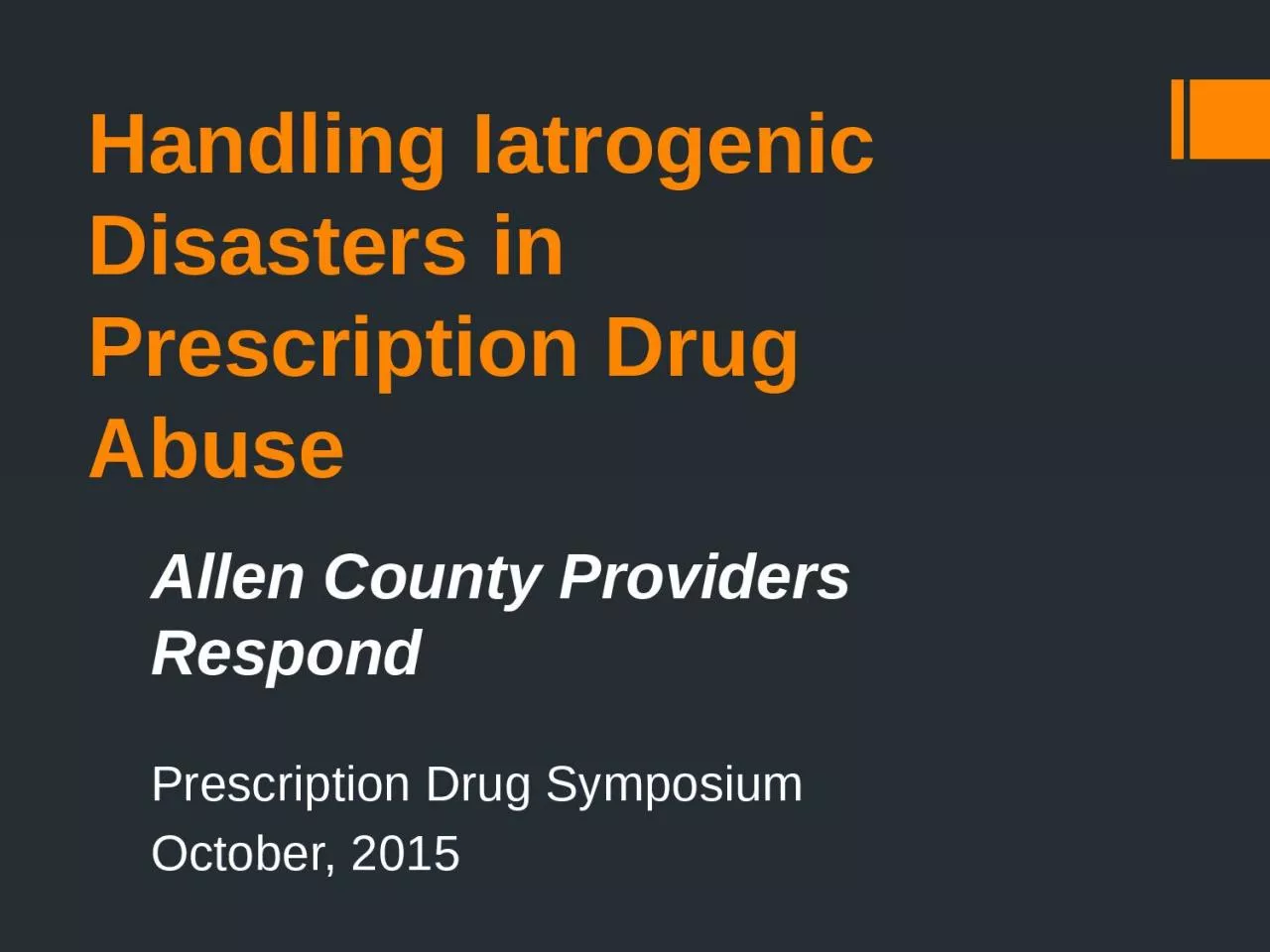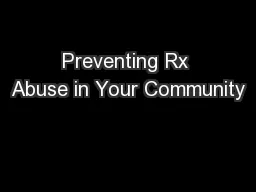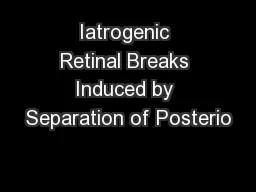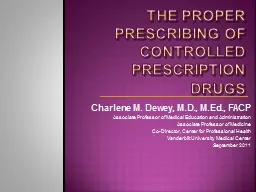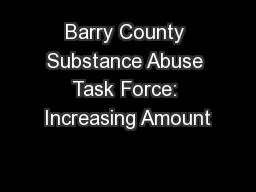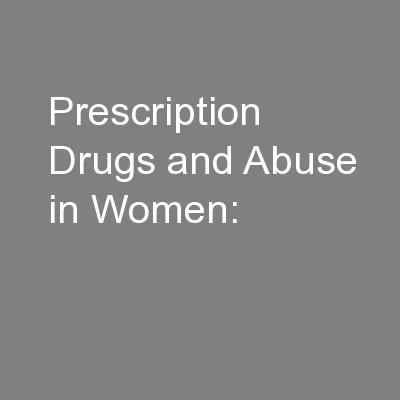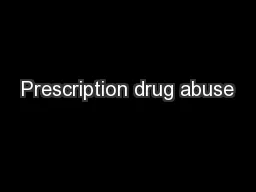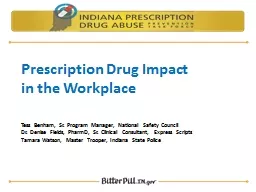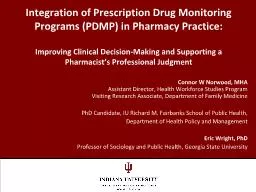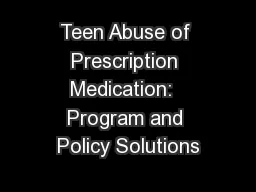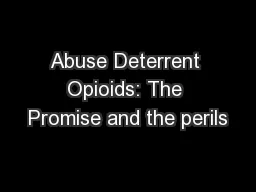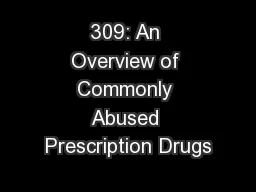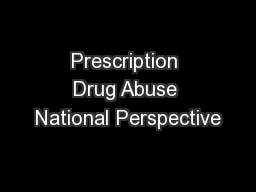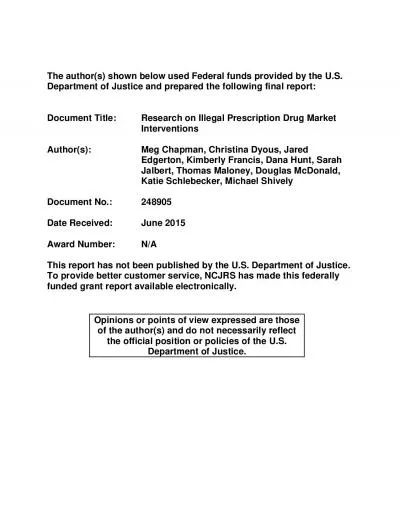PPT-Handling Iatrogenic Disasters in Prescription Drug Abuse
Author : reese | Published Date : 2022-07-13
Allen County Providers Respond Prescription Drug Symposium October 2015 The Crisis Deborah A McMahan MD Agenda Issue Solutions Why Worry Provider Perspective Issue
Presentation Embed Code
Download Presentation
Download Presentation The PPT/PDF document "Handling Iatrogenic Disasters in Prescri..." is the property of its rightful owner. Permission is granted to download and print the materials on this website for personal, non-commercial use only, and to display it on your personal computer provided you do not modify the materials and that you retain all copyright notices contained in the materials. By downloading content from our website, you accept the terms of this agreement.
Handling Iatrogenic Disasters in Prescription Drug Abuse: Transcript
Download Rules Of Document
"Handling Iatrogenic Disasters in Prescription Drug Abuse"The content belongs to its owner. You may download and print it for personal use, without modification, and keep all copyright notices. By downloading, you agree to these terms.
Related Documents

